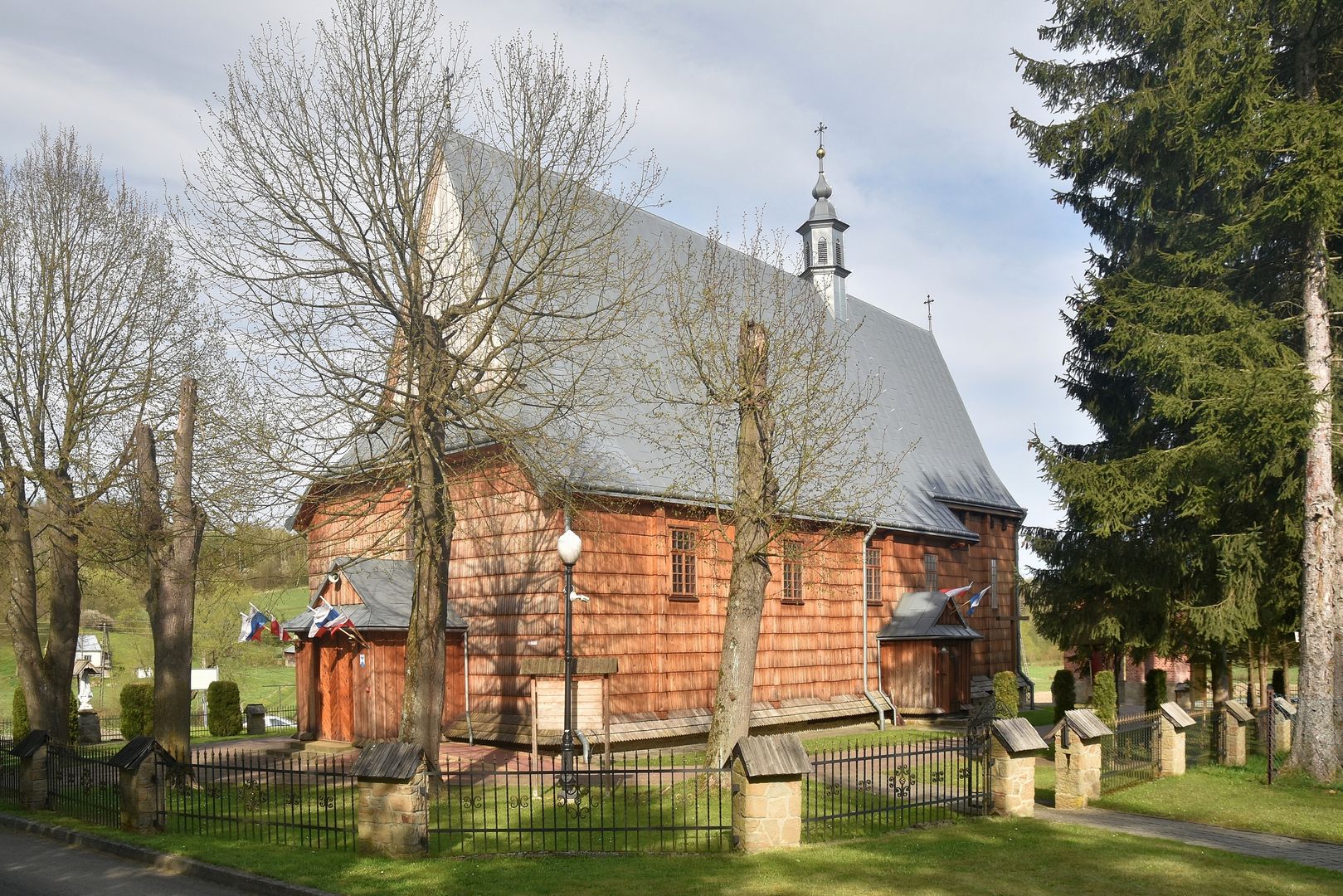Golcowa
6.18

Overview
Golcowa is a village in Poland, located in the Podkarpackie Voivodeship, within Brzozów County, in the administrative district of Gmina Domaradz. Situated in the Dynowskie Foothills, the village is distinguished by its diverse geology and the highest elevations in the municipality, reaching up to 478 meters above sea level. The historical roots of Golcowa date back to 1448, when the Bishop of Przemyśl, Piotr Chrząstowski, founded the village under the original name Piotrowin. Over time, the inhabitants changed its name to Golcowa, possibly in honor of the first village leader, Maciej Golec. The village has a rich history, including Tatar invasions in the 17th century and administrative changes up until the partitions of Poland. In 1914, Golcowa was occupied by Russian troops, and after World War I, it became part of the Lwów Voivodeship. Architecturally, it is notable for its wooden parish church dedicated to St. Barbara and the Nativity of the Blessed Virgin Mary, one of the oldest examples of late Gothic wooden architecture in the region, with a history dating back to the 15th century. The church has undergone numerous renovations, including in the 19th century and after the year 2000. Golcowa also boasts a rich cultural heritage tied to local traditions and the phenomenon of emigration to the United States in the early 20th century, when many residents settled in Ohio, Pennsylvania, and Michigan. Their descendants now live in cities such as Cleveland and Detroit. Economically, the village has developed its infrastructure, providing access to water, gas, electricity, and the internet, as well as a commercial base with shops and bars. Parking facilities near the churches also support tourism. With its rich history and fascinating cultural heritage, Golcowa attracts both residents and tourists, making it an important point on the map of the Podkarpacie region.
Location
2025 Wizytor | All Rights Reserved